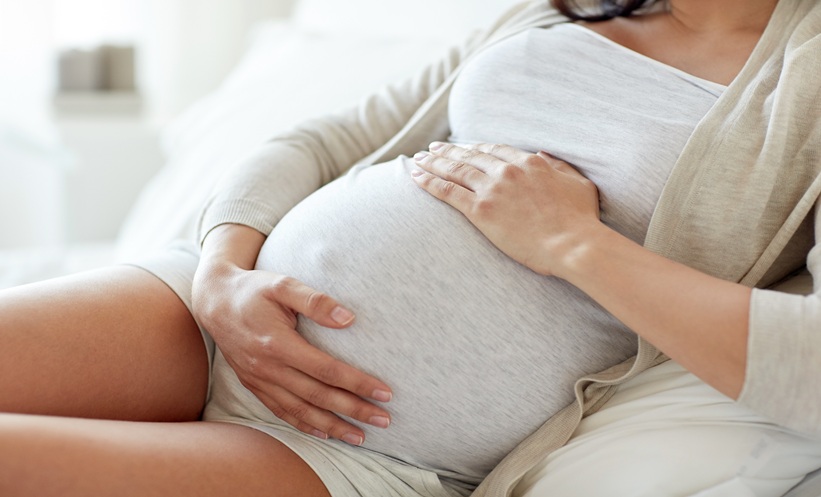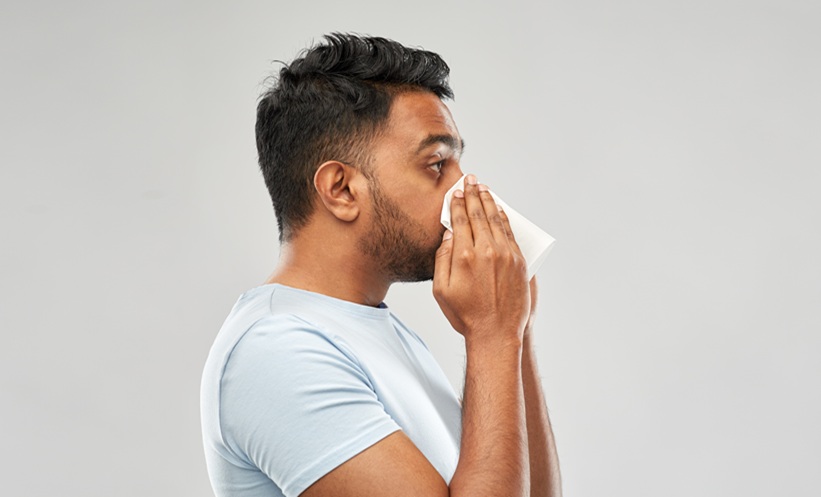A RECENT study has investigated the potential impact of maternal exposure to lower-chlorinated polychlorinated biphenyls (LC-PCBs) in indoor air on childhood immune-related conditions. PCBs, once widely used in building materials, have been associated with various health risks, but research has primarily focused on their ingestion rather than inhalation. To address this gap, researchers established the Health Effects of PCBs in Indoor Air (HESPAIR) cohort, comprising residents of two partially PCB-contaminated residential areas in Denmark.
Previous studies using the HESPAIR cohort have reported associations between exposure to LC-PCBs and increased risks of liver cancer, meningioma, type 2 diabetes, and cardiovascular disease. Concerns have also been raised regarding prenatal exposure to PCBs and potential effects on the developing immune and respiratory systems. While studies on higher-chlorinated PCBs (HC-PCBs) have suggested links to immune alterations, including increased susceptibility to respiratory infections, asthma, and allergic diseases, research on LC-PCBs has been limited.
This study aimed to assess whether maternal exposure to LC-PCBs in indoor air during pregnancy was associated with the development of asthma, allergic rhinitis, atopic eczema, and respiratory infections in offspring. Contrary to previous findings from studies of HC-PCBs, no significant associations were found between maternal exposure to LC-PCBs and these childhood conditions. While a slightly lower risk of atopic eczema was observed among boys, this result was interpreted with caution due to the absence of similar trends for other immune-related conditions.
The findings contrast with earlier research linking prenatal exposure to LC-PCBs to respiratory infections and immune alterations. The study authors suggest that their use of an indirect exposure measure, rather than direct biological sampling, may have led to misclassification and an underestimation of potential effects. Additionally, the diverse chemical properties of PCB congeners may contribute to variations in biological responses, complicating comparisons across studies.
While these results offer some reassurance for individuals living or working in PCB-contaminated buildings, the researchers emphasise the need for further investigation. Differences in exposure assessment methods, incomplete medical records, and variations in PCB congener profiles highlight the complexities in assessing the immunotoxicity of LC-PCBs.
Reference
Deen L et al. Maternal exposure to polychlorinated biphenyls in indoor air and asthma, allergic rhinitis, atopic eczema, and respiratory tract infections in childhood. Int J Hyg Environ Health. 2025;DOI:10.1016/j.ijheh.2025.114567.







